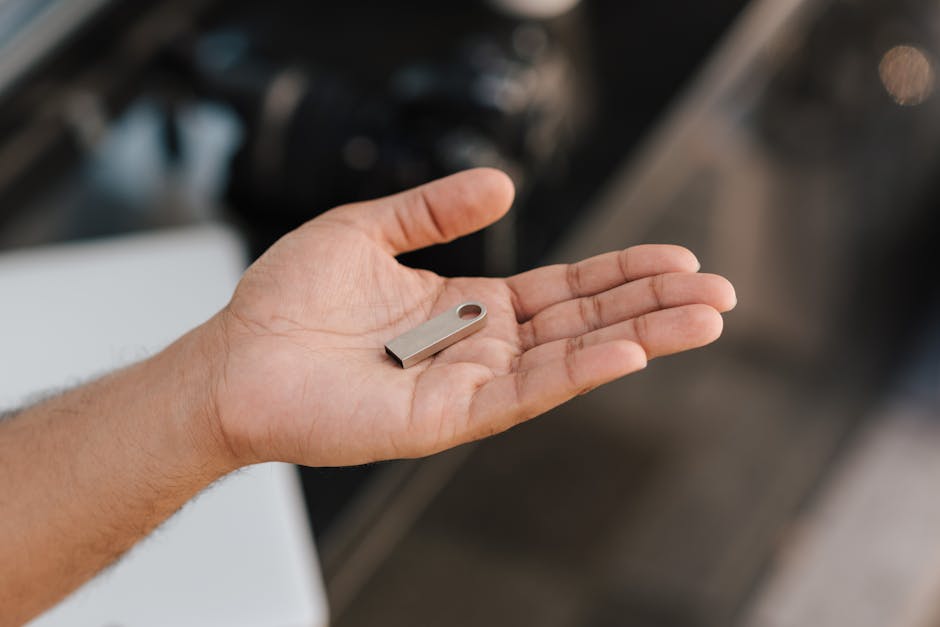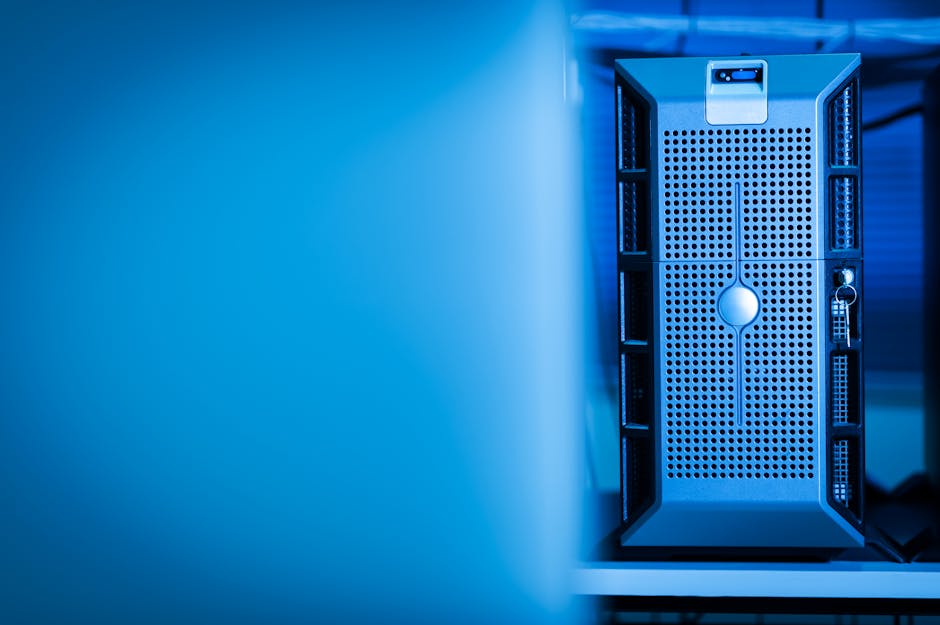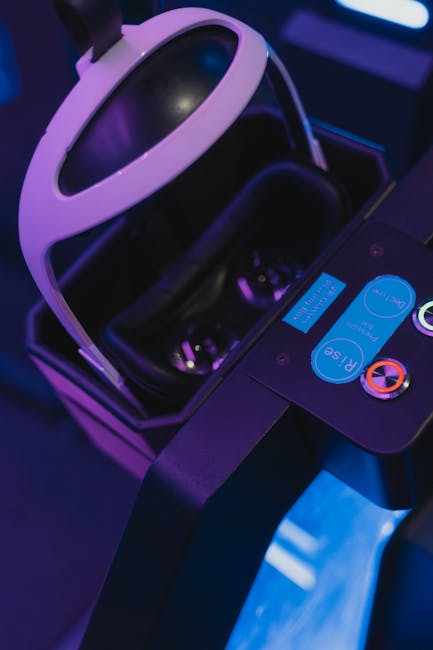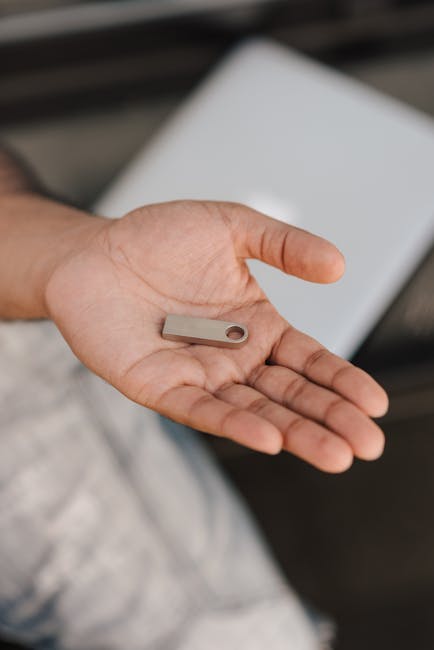Unlock encrypted content
Please enter your SSCE key to initiate on-the-fly decryption.
Decryption key: (Click cancel if you don't have the key)
Copied link to clipboard.
This feature is unavailable for free accounts. Upgrade now and enjoy all Premium benefits.
Go Premium!
This feature is unavailable for free accounts. Upgrade now and enjoy all Premium benefits.
Go Premium!
Please open this page in browser ( Google Chrome or Safari ) to use this feature.
Open In Browser
Cross-device file synchronization: Enhancing Connectivity and Productivity
Random related video for this blog.
Copied share link to clipboard.
It allows users to access and edit their files seamlessly, regardless of the device they are using. This technology has revolutionized the way we work and interact with our digital content, making it easier than ever to stay connected and productive.
The Benefits of Cross-device file synchronization
Cross-device file synchronization offers numerous benefits, both for individuals and businesses. One of the key advantages is the ability to access files from anywhere, at any time, using any device. This flexibility enables remote work, collaboration, and increased productivity. For example, a professional working on a project can seamlessly switch between their desktop computer, laptop, and smartphone, without the need to manually transfer files or worry about version control. Furthermore, cross-device file synchronization eliminates the risk of data loss. By automatically backing up files to the cloud, users can rest assured that their data is safe and secure, even if their device is lost, stolen, or damaged. This feature is particularly valuable for businesses, as it ensures continuity and prevents potential disruptions caused by data loss.The Future of Cross-device file synchronization
As technology continues to advance, cross-device file synchronization is likely to become even more integral to our daily lives. With the rise of wearable technology, such as smartwatches and fitness trackers, the need for seamless synchronization across devices will only increase. Imagine starting a task on your smartwatch and seamlessly transitioning to your smartphone or computer to complete it, without any interruptions or data transfer hassles. Moreover, the integration of neural implants with cross-device file synchronization holds tremendous potential. Neural implants have the ability to directly interface with our brains, allowing for seamless communication between our minds and digital devices. This could revolutionize the way we interact with and access our files, enabling us to retrieve information or perform tasks witha simple thought. In conclusion, cross-device file synchronization has transformed the way we work and interact with our digital content. It has enhanced connectivity, productivity, and data security, making it an indispensable tool in today's digital age. As technology continues to evolve, we can expect even more innovative applications and advancements in this field, further revolutionizing the way we stay connected and productive.
Frequently Asked Questions (FAQs)
Question: How does cross-device file synchronization work?
Answer:
Cross-device file synchronization works by automatically updating files across multiple devices in real-time. It uses cloud storage to store and sync files, allowing users to access and edit their files seamlessly from any device.
Question: Is cross-device file synchronization secure?
Answer:
Yes, cross-device file synchronization can be secure if the chosen cloud storage provider implements robust security measures. It is important to choose a reputable provider that offers end-to-end encryption and other security features to protect your data.
Question: Can cross-device file synchronization be used for large files?
Answer:
Yes, cross-device file synchronization can handle large files. FileLu, for example, offers large file transfer capabilities, allowing users to send files up to 250 GB in size.
Case Studies 1. Company X: Company X, a multinational corporation, implemented cross-device file synchronization to improve collaboration and productivity among its remote teams. By utilizing this technology, employees were able to seamlessly share and edit files, regardless of their location or the device they were using. This resulted in faster decision-making, increased efficiency, and improved overall performance. 2. Research Institution Y: Research Institution Y adopted cross-device file synchronization to streamline its data management processes. Researchers were able to access and analyze their data from multiple devices, facilitating collaboration and accelerating the pace of their research. Additionally, the institution benefited from enhanced data security, as files were automatically backed up to the cloud, reducing the risk of data loss. 3. Freelancer Z: Freelancer Z, a graphic designer, utilized cross-device file synchronization to stay organized and efficient. By syncing files across their computer, tablet, and smartphone, Freelancer Z could easily access and edit their design projects on the go. This allowed them to meet tight deadlines and deliver high-quality work to their clients. FileLu offers premium plans ranging from 256 GB to 500 TB, starting at just $2.50 per month. They also provide free plans with storage options ranging from 10 GB to 250 GB. With FileLu's large file transfer capabilities and robust security features, users can enjoy seamless cross-device file synchronization while ensuring the safety of their data. To experience the convenience and efficiency of cross-device file synchronization, visit FileLu today.
By Amelia Isabella
Email: [email protected]
Related
Real-time System Monitoring: Emerging Technologies for Hybrid Cloud Storage, Data...
July 12, 2023
Read More
Brain-Computer Interface and FileLu.com: Revolutionizing Storage Capacity and Integration
July 12, 2023
Read More
Cryonics Compliance-Ready Storage Solutions: Safeguarding the Future of Data
July 12, 2023
Read More
Introducing FileLu.com: Reliable Data Storage and File Management for the...
July 13, 2023
Read More
Digital Transformation: Empowering the Future of File Accessibility and Storage
July 13, 2023
Read More
Blockchain Data Storage: Revolutionizing Multi-Device Access and Secure File Sharing
July 13, 2023
Read More
Genetic Modification and Lidar Technology: Advancements in File Management and...
July 13, 2023
Read More
Cutting-edge Innovations in Autonomous Driving and Scalable Cloud Storage Architecture
July 13, 2023
Read More
<h1>Unlocking the Future: The Power of Quantum Computing, Autonomous Vehicles,...
July 13, 2023
Read More
Popular
Exploring the Benefits of Cloud Storage and Innovative Technologies in...
November 26, 2025
Read More
The Future of Digital Transformation: Exploring Smart Homes, Efficient File...
November 30, 2025
Read More
Latest
The Future of Digital Transformation: Exploring Smart Homes, Efficient File...
November 30, 2025
Read More
Exploring the Benefits of Cloud Storage and Innovative Technologies in...
November 26, 2025
Read More
The Future of Technology: Exploring Biohacking, Space Tourism, and Digital...
November 23, 2025
Read More
The Future of File Sharing: Streamlined Workflows for Photographers and...
November 19, 2025
Read More
Exploring the Intersection of Technology: From Cybersecurity to Augmented Reality...
November 16, 2025
Read More
The Future of File Management: Embracing Edge Computing and Efficient...
November 12, 2025
Read More
The Future of File Sharing: Exploring User-Friendly Solutions and Data...
November 5, 2025
Read More
The Future of Cloud Storage: How FileLu Empowers Creative Professionals...
November 2, 2025
Read More
The Future of Autonomous Technologies: Innovations in Robotics, File Sharing,...
October 29, 2025
Read More
Emerging Technologies Revolutionizing File Management: From Li-Fi to Robust Collaboration...
October 26, 2025
Read More
Emerging Technologies: Exploring the Impact of File Access Auditing, Genetic...
October 19, 2025
Read More
The Future of Data Storage: Exploring Advanced Encryption, Mobile Integration,...
October 5, 2025
Read More
Exploring the Future of Data Management: Security, Efficiency, and Cognitive...
September 28, 2025
Read More
Revolutionizing Data Management: Innovations in Storage, Security, and Sustainable Technology.
September 24, 2025
Read More













